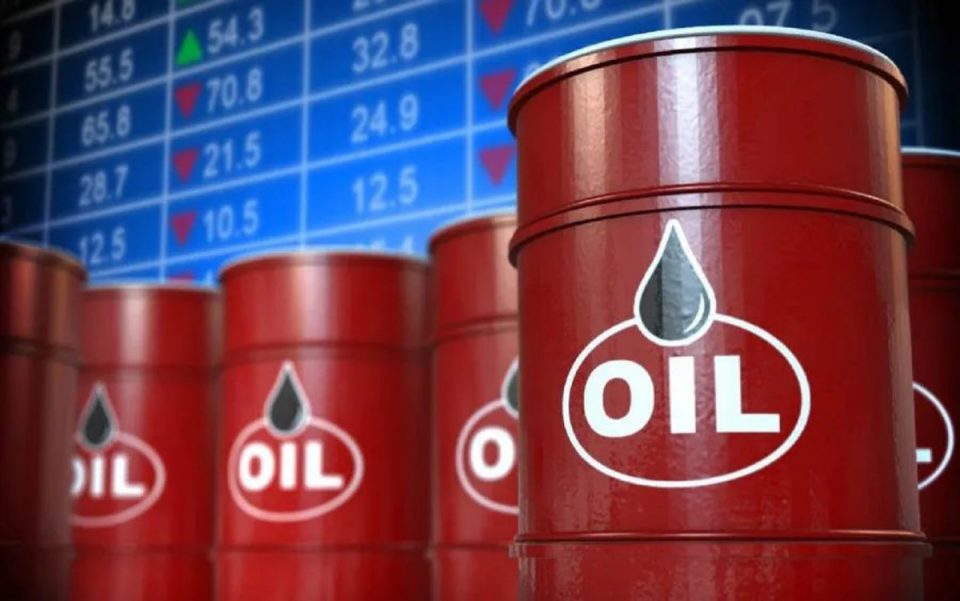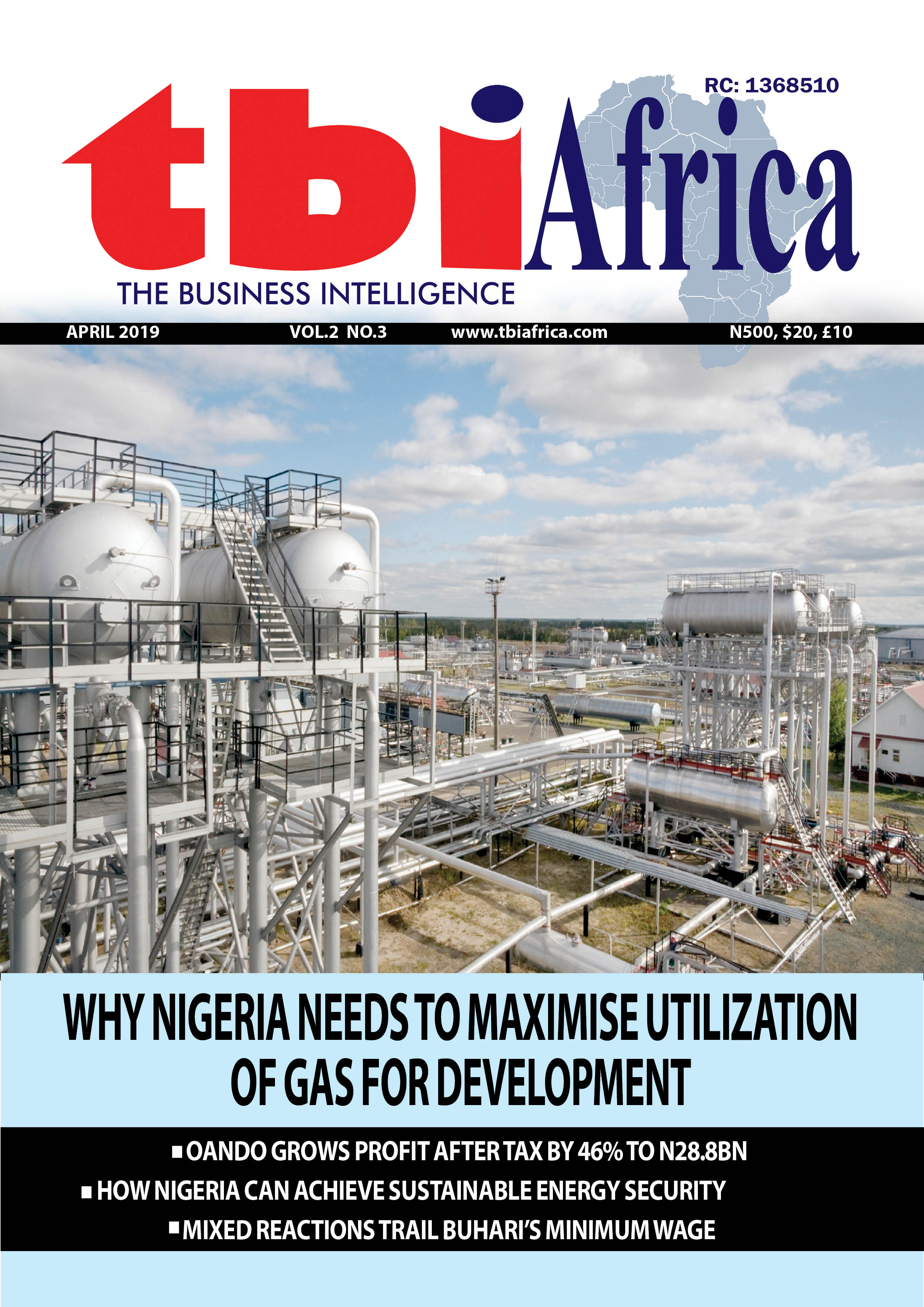Photo caption: Oil
Crude oil prices dropped back slightly on Thursday, after jumping by 4% on Wednesday to hit the highest in two months on the news that the U.S. was pulling out its staff from the embassy in Baghdad. The drop was driven by profit-taking, but bullish sentiment remains.
At the time of writing, Brent crude was trading at $68.95 per barrel, with West Texas Intermediate at $67.41 per barrel, after on Wednesday Iran’s defense minister threatened strikes on U.S. bases in the region in case the nuclear talks with Washington failed.
“The market wasn’t expecting this big geopolitical risk,” Price Futures Group analyst Paul Flynn said, as quoted by Reuters.
The market did brace for Israeli strikes on Iran, after reports emerged earlier this year that Tel Aviv was considering such a move more seriously than before. Those reports also fueled a rally in oil prices.
There is also the matter of fundamentals. “Greater oil demand within OPEC+ economies – most notably Saudi Arabia – could offset additional supply from the group over the coming months and support oil prices,” Hamad Hussain from Capital Economics said in a note, as quoted by Reuters earlier today.
Summer is peak demand season in the Middle East because of the heat, which drives peak air conditioning use. That goes counter to reports that global oil demand growth is weakening, and warnings that the market would swing into a surplus in the second half of the year.
World oil demand rose by 990,000 barrels per day in the first quarter of 2025, but the remainder of the year will see demand growth at just 650,000 bpd, the International Energy Agency said in its latest monthly report on oil, citing record sales of electric cars and weaker economic growth globally. As a result, the IEA put its full-2025 oil demand growth forecast at 740,000 barrels daily.
=== Oilprice.com ===



